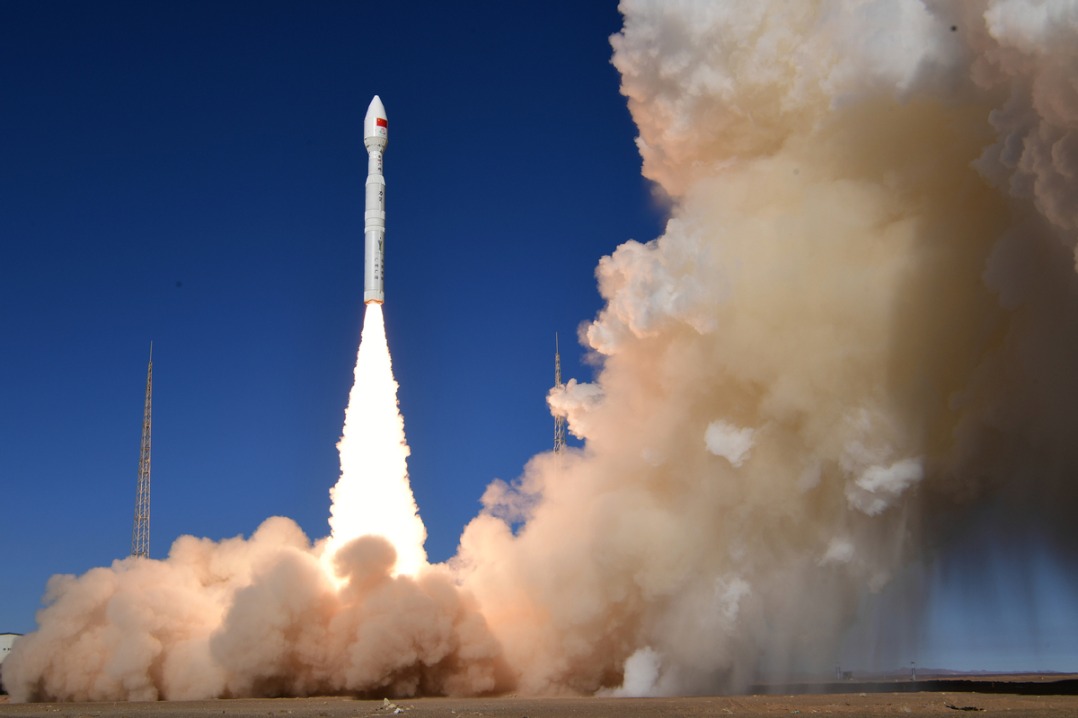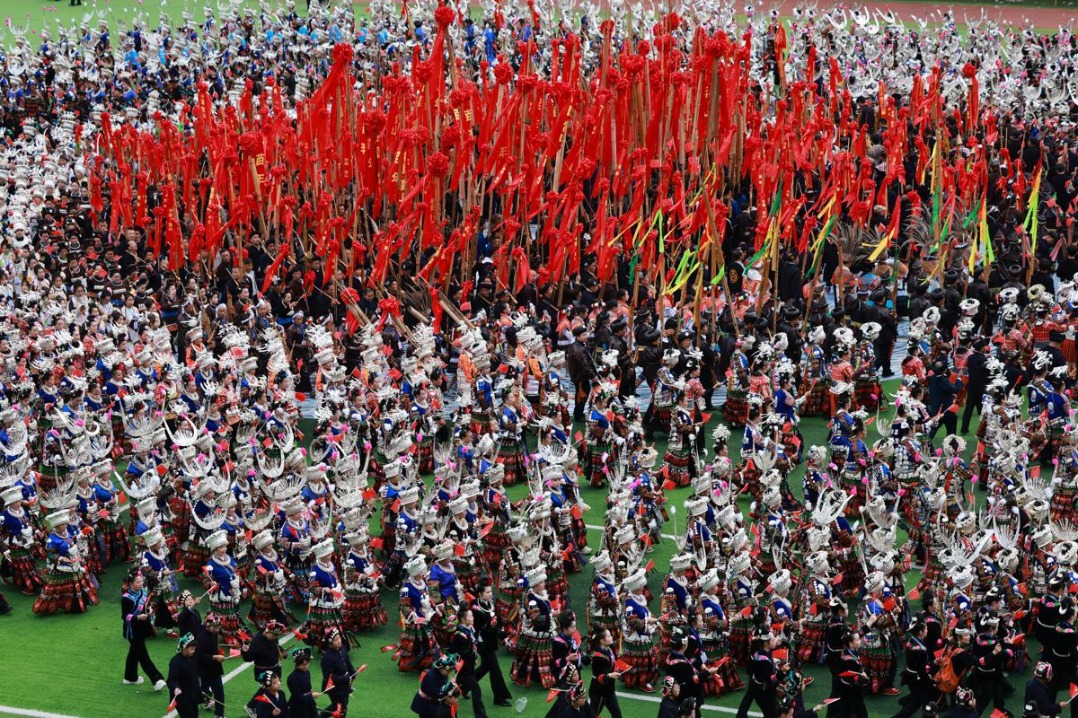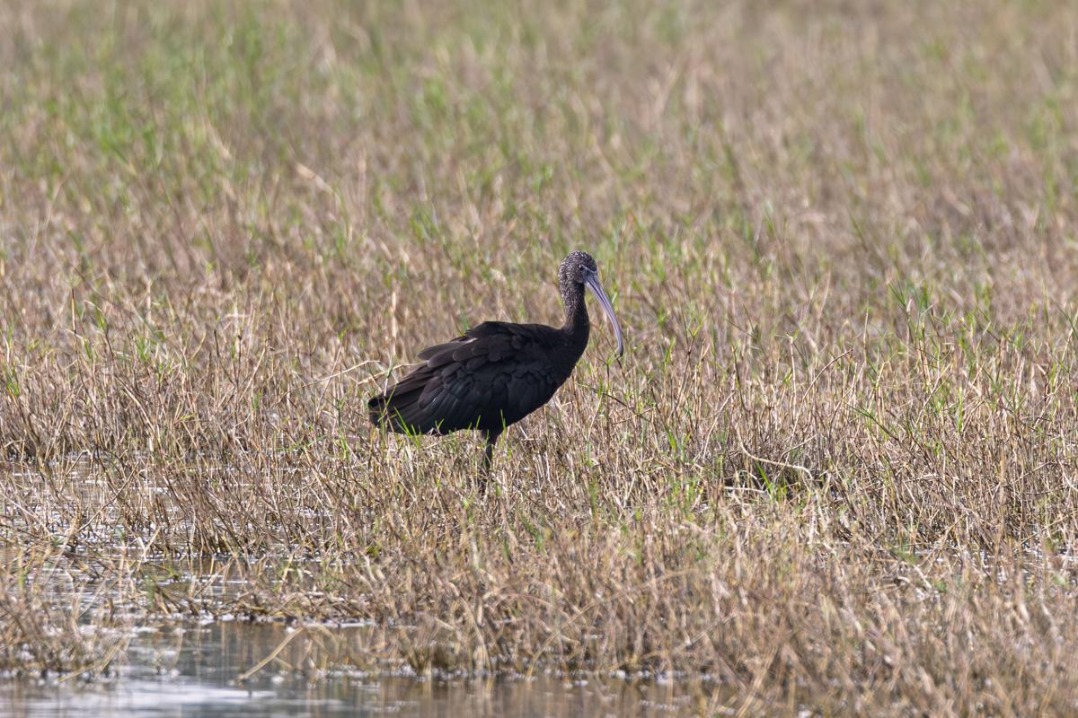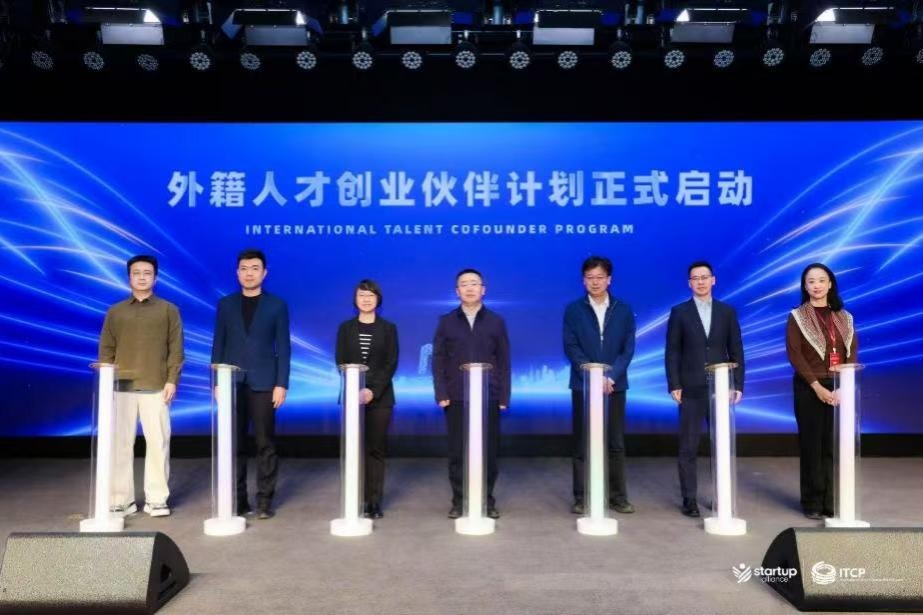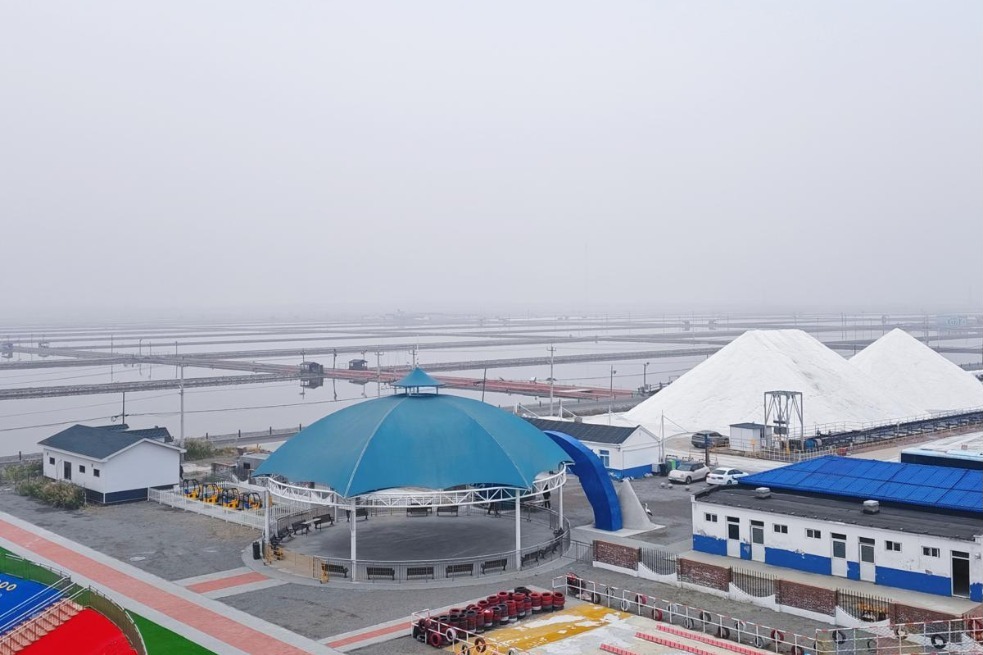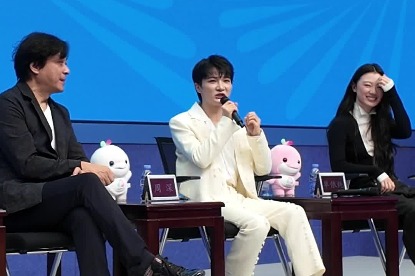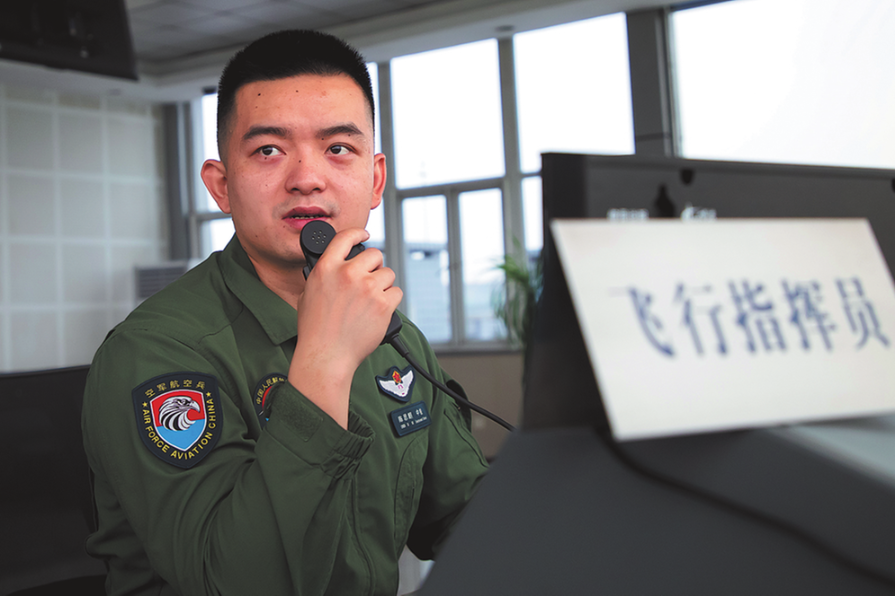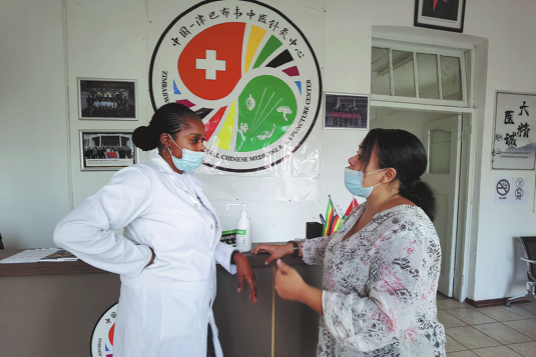Ties help bolster heritage protection
Sino-Egyptian team makes new finds at ancient temple site


As visitors from across the world marvel at the colossal temples at the Karnak Temple Complex in Luxor, Egypt, astounded by the ingenious architectural talent of the ancient Egyptians, a team of archaeologists from China and Egypt are quietly working at a more remote area in the north of the 4,000-year-old complex on the excavation of another important temple — the Temple of Montu.
Excavations began about a century ago, but were later abandoned. The site of the temple, which was dedicated to worship of the god of war — one of the most important gods in ancient Egypt — remained deserted for decades, until the arrival of Chinese archaeologists in late 2018.
Over the past six years, the sustained efforts of the Egyptian-Chinese joint mission for archaeological excavation in the temple have resulted in a number of discoveries, including the excavation of several new chapels and a site of human settlement. The team also found a huge enclosure wall built with mud bricks with the stamp of Amenhotep III, which proved that the temple was built during the reign of the pharaoh, dating back to around the 14th century BC.
In addition, a unique underground facility was discovered earlier this year, and the archaeological team is trying to determine whether it was used as a water source to purify offerings during religious ceremonies in the temple.
The archaeologists believe that parts of Egyptian history and ancient civilization may need to be reassessed, as their continued exploration is expected to result in new discoveries over the coming years.
- Countdown to 15th National Games: On-site warm-up entertains audience
- Eight missing after cargo ship collides with fishing vessel near Shandong
- Investing in people: a worthwhile investment
- Exhibition commemorating the epic relocation of universities opens in Fujian
- Twelve punished for scaffold collapse that killed 7 in Shandong
- Slovenian official visits whole-process people's democracy practice site of CPPCC committees
















